- Products
- Categories
- Blog
- Podcast
- Application
- Document
GE2818 Germanium (IV) Iodide GeI4 (CAS No. 13450-95-8)
| Catalog No. | GE2818 |
| Molecular Formula | GeI4 |
| Appearance | Orange to red powder |
| Purity | 99.99% |
| Synonyms | Germanium tetraiodide, Tetraiodogermane |
Germanium (IV) Iodide (CAS 13573-08-5) is a kind of orange to red powder with the molecular formula GeI4. Stanford Advanced Materials (SAM) is a worldwide supplier of high-quality Germanium (IV) Iodide.
Related products: Germanium Tetrachloride, Germanium Metal, Germanium Powder, Germanium Crystal Sheet
INQUIRY
Add to Inquiry List
Description
Specification
Technical Data Sheet
LATEST RECOMMENDED
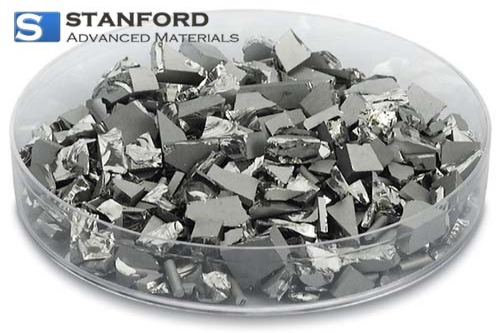
VD0549 Germanium (Ge) Evaporation Materials
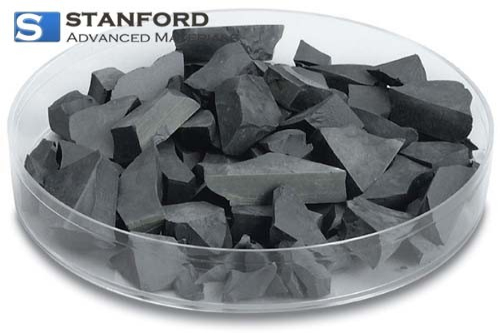
VD0622 Copper Germanium (Cu/Ge) Evaporation Materials

VD0750 Germanium Nitride (Ge3N4) Evaporation Materials
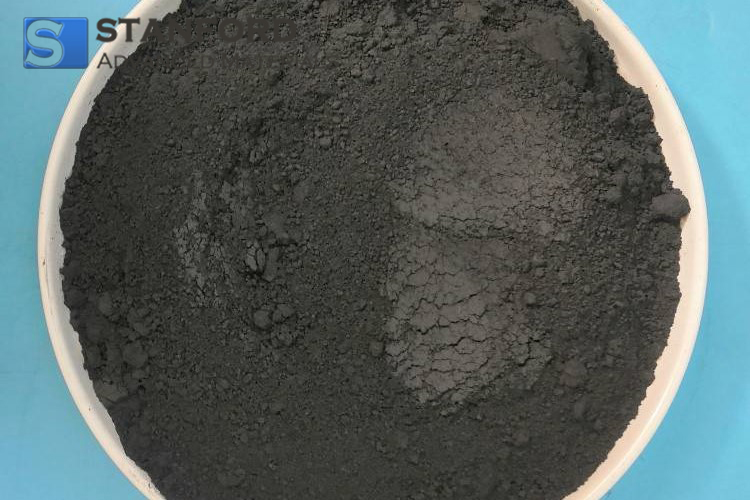
VD0817 Germanium Sulfide (GeS) Evaporation Materials
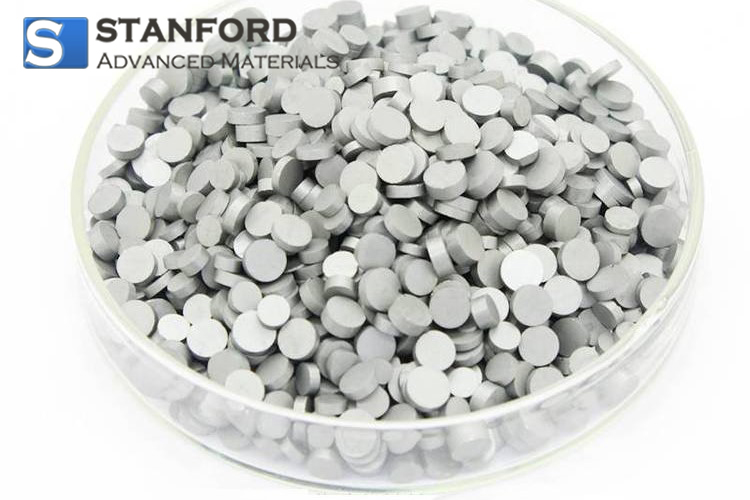
VD0847 Germanium Selenide (GeSe2) Evaporation Materials
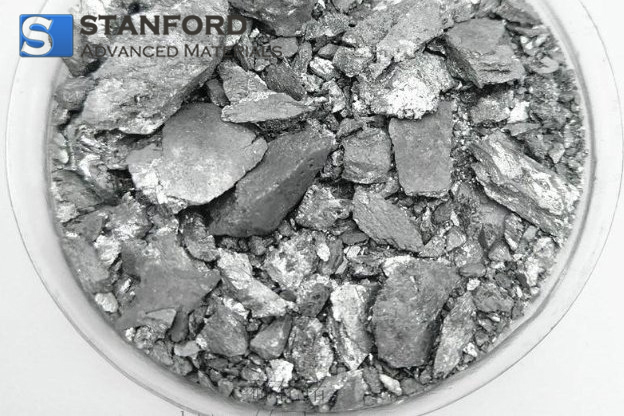
VD0861 Germanium Telluride (GeTe) Evaporation Materials
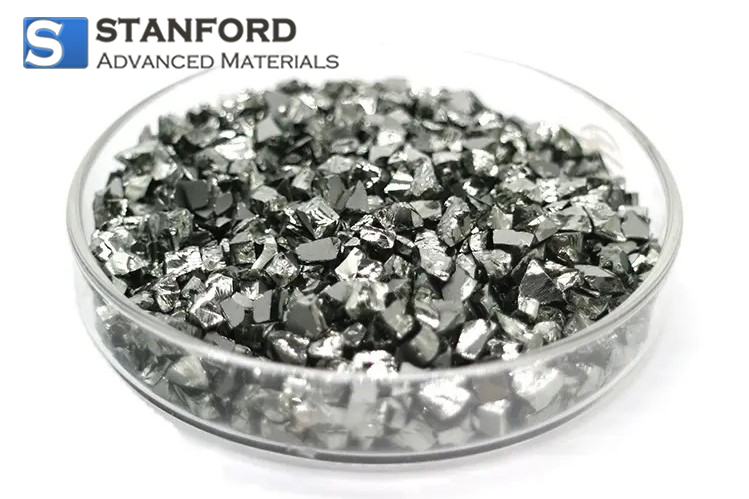
GE1069 Germanium Metal (Ge Metal)
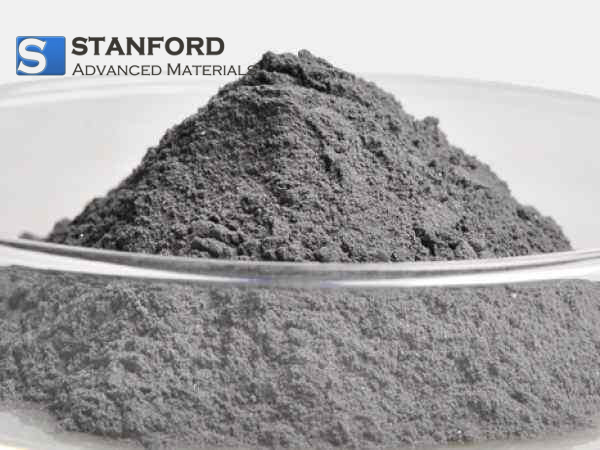
GE1070 Germanium Powder (Ge Powder) (CAS No.7440-56-4)
GET A QUOTE
Send us an Inquiry now to find out more Information and the latest prices,thanks!

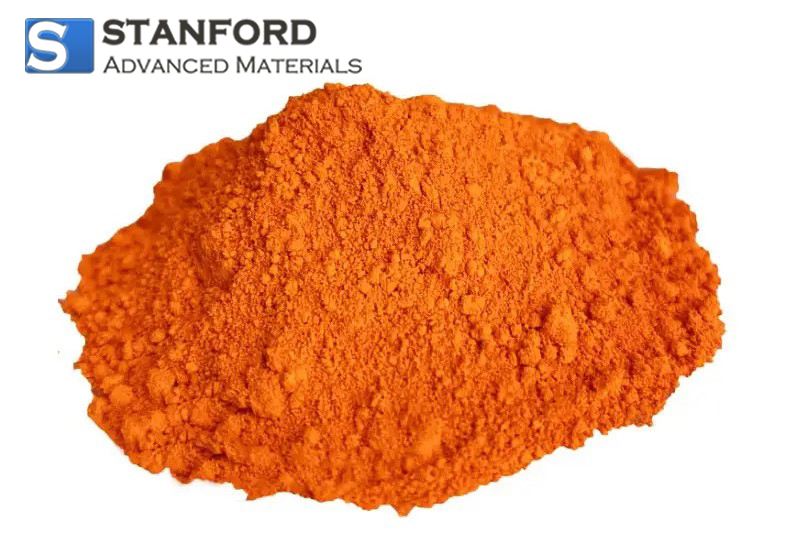
 GHS05
GHS05